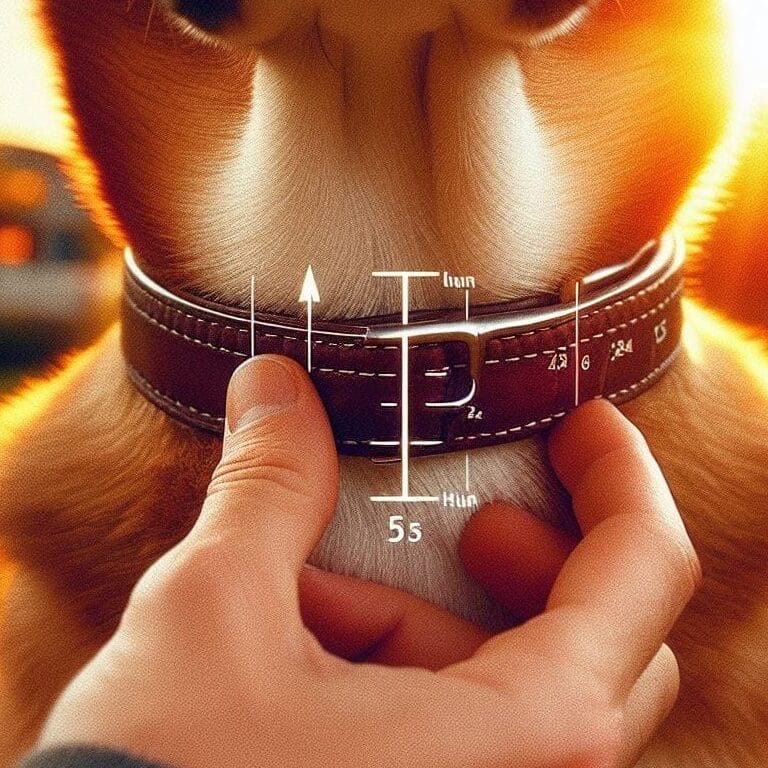We need to always keep in mind that the pet training process must prioritize the pet’s security and happiness. People tend to be the responsible ones when keeping pets, which makes us always think about the different training methods to make our pets perfect buddies. Moreover, talking of the application of shock collars especially on yapping dogs, so many issues could occur including inefficiency and safety concerns. In this detailed article, we examine the multitude of facts of shock collar use on small dogs, including benefits, hazards and other factors that must be thought through for our small canine friends to be safe and have a decent quality life.
Understanding Shock Collars for Small Dogs
Shock collars for example, can also be called e-collars or electronic collars that give electric stimulation on command in order to change certain behaviors. These types of behaviors, which is normally to unacceptable actions such as excess barking and defiance. The objective is to dissuade the behavior by means of presenting a negative consequence.
2. Safety Concerns
The most critical issue concerning the use of shock collars for the tiny dogs is they can inflict trauma to the skin and cause mental stress. Small breeds are more fragile and prone to electrical current electrical stimulation injury. Moreover, emotional effect of suffering from shocks is likely to produce such emotional states as anxiety and fear in dogs.
3. Effectiveness
The immediate response to this method, which may be to end the unwanted behavior, can not be assured. It has been observed that the dogs may become tolerant to the inflicted shocks to some extent thereby requiring higher rates of electrical stimulation to achieve feedback. In addition, it can result in negative effects on the owner-dog relationship if a person uses this type of system.
Alternatives to Shock Collars
Consequently, among the variety of alternative methods which introduce dogs to a new obedience way with no painful experiences, shock collars are not used. Work wise application involves the use of good reinforcement methods to pinpoint behaviors and reward desired actions rather than punishing undesired ones. This type of training will reinforce the positive feel between you and the dog while at the very same time addressing your concerns or challenges.
Positive Reinforcement Training
In the context of positive reinforcement dogs are trained by means of providing a reward for specifying the desired behaviors. Such can be training your dog when performing commands or behaving well, this might be achieved via treats, praise, or toys. An easier way to teach your little puppy the proper conduct of dogs is when one puts more efforts on supporting good deeds than punishment for bad ones.
6. Professional Training
One common problem of people training small dogs is that they can grow tired or not equipped with enough training knowledge to get the job done. Seeking the help of a professional dog trainer can help with that. Tainers offer practical knowledge based on their work with dogs from various sizes and types of temperament. They can give actionable tips to help owners manage the individual problems, for example, aggression.
7. Consultation with Veterinarian
Before you choose to use a shock collar or any other training method, it would be best if you reviewed your choice with your vet. They would then be able to apply their skills to tune your dog’s personal needs and advise you on the most suitable technique to be used in training.
8. Consideration of Individual Needs
Not every dog is the same and just because one thing works for one does not mean the same works for the others. When deciding on your training methods, take into the account your small dog’s individual traits, temperament and health status to adjust the type and intensity of the training. Knowing your dog’s unique characteristics, you will therefore be more successful.
Conclusion
When training our small dogs, safety and happiness should be our top priorities. Shock collars might seem like a quick fix, but they can harm our furry friends, both physically and mentally. Instead, we should focus on positive reinforcement methods, like treats and praise, which build trust and make learning fun.
If we’re struggling with training, it’s okay to ask for help from professionals like dog trainers or veterinarians. They can give us personalized advice based on our dog’s needs. Remember, every dog is different, so it’s essential to tailor our approach to what works best for them.
By putting our dogs’ well-being first and using gentle, effective methods, we can ensure they lead happy, healthy lives as our cherished companions.



